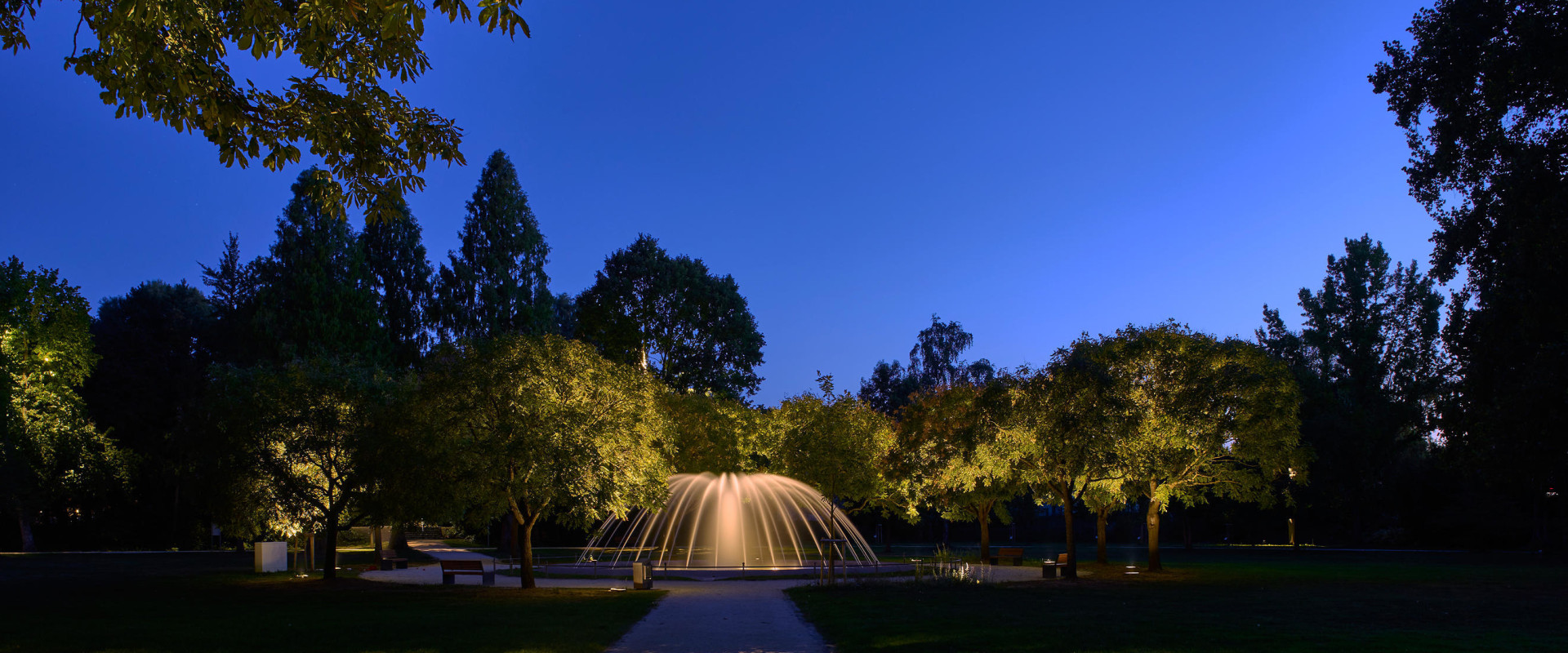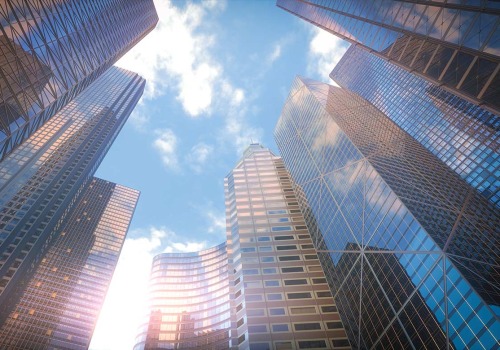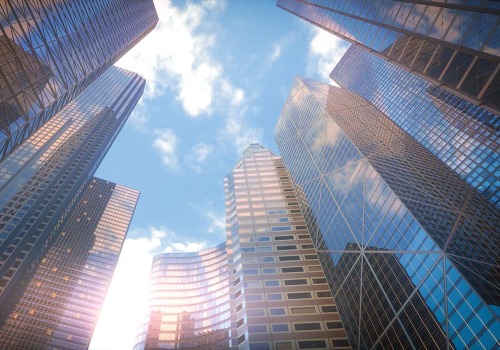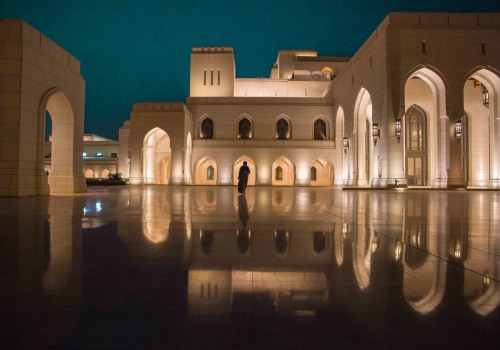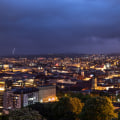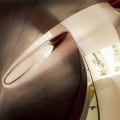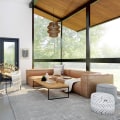Capturing stunning landscape architecture photography requires the perfect combination of light, angles, and composition. Lighting plays an essential role in any type of photography, and landscape architectural photography is no exception. With the right lighting, you can create breathtaking images that show off the beauty of the outdoor environment. This article will provide an overview of the different types of lighting available for landscape architectural photography, and how to use them for the best results. Lighting is an essential component of landscape architectural photography.
It affects the mood of the scene and can be used to capture the perfect shot. Different types of lighting can be used such as natural light, strobes, and LED lights. It's important to use the right equipment for each type of lighting to get the desired results. Common techniques used in landscape architectural photography include using a tripod and adjusting aperture and shutter speed.
Filters and flash can also be used to create specific effects, as well as light sources to create interesting shadows and silhouettes. When it comes to natural light, it's best to look for diffused light that will provide a softer look. This can be achieved by shooting on cloudy days or in areas with trees or other objects that can act as a diffuser. To get the best results, use a tripod to stabilize the camera and adjust the aperture and shutter speed according to the desired effect. When using strobes or LED lights, it's important to choose the right light for the situation.
For example, using a strobe with a softbox will give a more natural look than one with a bare bulb. Filters are also great for creating specific effects in landscape architectural photography. A neutral density filter can be used to darken the sky for dramatic sunsets or night shots, while a polarizing filter can reduce glare from reflective surfaces such as water or glass. Finally, flash is great for adding contrast or accentuating certain elements in a photo.
It can be used to add shadows or silhouettes to make an image more interesting. When it comes to creating beautiful shots with light, practice makes perfect. Experimenting with different techniques and settings will help you learn how to use light sources effectively. Try different angles, distances, and intensities of light to find the right combination for your photos. Additionally, pay attention to the shadows and highlights created by the light sources, as they can add texture and depth to an image.
With the right equipment and techniques, you can create stunning landscape architectural photographs. Lighting is key for achieving the desired effect, so make sure you take the time to experiment with different types of lighting and techniques to get the perfect shot.
Lighting Techniques
In landscape architectural photography, lighting is key to creating the perfect shot. Understanding various lighting techniques is essential for professional photographers. Some common techniques used in landscape architectural photography include using a tripod, adjusting the aperture and shutter speed, and using a flash. A tripod is a great tool for achieving sharper images and reducing camera shake.A tripod will also help the photographer to frame the scene correctly. Additionally, it can be used to adjust angles while taking photos. Adjusting the aperture and shutter speed is another essential technique to master. Aperture affects how much light enters the lens, while shutter speed determines how long the shutter will stay open. These settings can be adjusted to create a desired effect in the photograph. Using a flash is also an important technique in landscape architectural photography.
A flash can be used to add depth and detail to an image, or to create a dramatic effect. It is important to keep in mind that flashes can be very overpowering, so it is best to use them sparingly. These are just a few of the many techniques that can be used in landscape architectural photography. With practice and patience, these techniques can help you create beautiful photographs that will make your clients happy.
Equipment
Lighting is an essential element in landscape architectural photography. The right lighting will bring out the beauty of your scene and make your images stand out.Knowing which equipment is best for each type of lighting is key to creating beautiful shots. When it comes to cameras, it's important to choose one with a large sensor size and a wide dynamic range. This will ensure that you can capture the right amount of detail in both the highlights and shadows. For lenses, you'll want to choose ones with a wide aperture for maximum light gathering power. Tripods are also essential for keeping your camera steady while you take long exposures. Additional accessories may also be helpful for landscape architectural photography.
A neutral density (ND) filter can be used to reduce the intensity of light entering the lens, allowing you to use slower shutter speeds and create motion blur. A polarizing filter can help reduce reflections and increase color saturation. Finally, you may want to consider investing in a flash or continuous light source for additional illumination. Having the right equipment is essential for creating beautiful landscape architectural photographs. Choose your camera, lenses, tripods, and other accessories wisely to ensure that you get the best possible results.
Creating Interesting Shadows and Silhouettes
When it comes to creating beautiful landscape architectural photography, lighting is one of the most important elements.To create interesting shadows and silhouettes, you need to use the right light sources and techniques. When shooting with natural light, the best time of day is during sunrise and sunset. At these times, the sunlight is softer and more diffuse, resulting in beautiful shadows and silhouettes. If you're shooting during midday, you can use a reflector or diffuser to soften and diffuse the light.
Using artificial lighting is also an effective way to create interesting shadows and silhouettes. You can use flashlights, strobes, or LED lights to create dramatic lighting effects. When using artificial lighting, experiment with different angles and distances to get the desired results. Another technique you can use is backlighting.
This type of lighting can create interesting shadows and silhouettes by highlighting the edges of your subjects. To get the most out of backlighting, use a light source that is at least two or three times brighter than your main light source. Finally, you can use creative lighting techniques to create unique shadows and silhouettes. You can use a snoot or a gobo to focus light in a specific direction, creating interesting patterns of light and shadow.
You can also experiment with colored gels and lens flares to create unique effects.
Using Filters and Flash
Using filters and flash can help landscape architectural photographers achieve a variety of effects and create stunning images. Different types of filters can be used to reduce glare, enhance colors, and even create special effects such as starbursts. Using flash can be an excellent way to bring out the details in the shadows or to add a bit of a sparkle to certain elements.ND filters are some of the most commonly used filters in landscape architectural photography. ND stands for Neutral Density, and these filters block out some of the light that enters the lens so that it is easier to take photos with a longer exposure time. This can be extremely helpful when taking photos in bright sunlight. Polarizing filters are also great for reducing glare and enhancing colors in landscape architectural photography.
Another type of filter to consider for landscape architectural photography is a graduated neutral density filter. These filters have a dark area on one side and a clear area on the other side, allowing you to darken the sky while leaving the ground unaffected. This is especially helpful for creating beautiful sunsets. Flash can also be used to great effect in landscape architectural photography.
Flash can be used to fill in shadows and bring out details that may not be visible in the natural light. It can also be used to add a bit of sparkle or drama to certain elements in the scene. When using flash, make sure to use a low power setting so that it does not overpower the natural light.
Types of Lighting
Lighting is an essential part of landscape architectural photography. It can create stunning images with the right equipment and techniques.There are several types of lighting available for landscape architectural photography, including natural light, strobes, and LED lights.
Natural Light
Natural light is the most common type of lighting used in landscape architectural photography. Natural light is free, abundant and easy to use. It can be used to create beautiful images with a wide range of colors, shadows, and contrast. The best time to take advantage of natural light is during the golden hour, which is the hour before sunset or the hour after sunrise.Strobes
Strobes, also known as flash, are powerful artificial lights used to create dramatic images.They can be used to create high-contrast scenes with strong shadows and highlights. Strobes can also be used to freeze motion, such as waterfalls or waves. Strobes are a great way to add drama and punch to a scene.
LED Lights
LED lights are energy-efficient, low-heat lighting solutions that can be used for landscape architectural photography. They come in various sizes and colors and can be used to create interesting effects.LED lights can be used to create subtle lighting effects or intense lighting effects, depending on the photographer’s preference. Lighting is essential for successful landscape architectural photography, and by taking the time to choose the right equipment and techniques, you can create truly stunning results. Understanding the different types of lighting, familiarizing yourself with the available equipment, and using filters, flashes, and shadows and silhouettes to your advantage can help you achieve some truly amazing shots. With a little practice and patience, you'll be able to capture the beauty of the landscape in beautiful, professional-looking photos.

